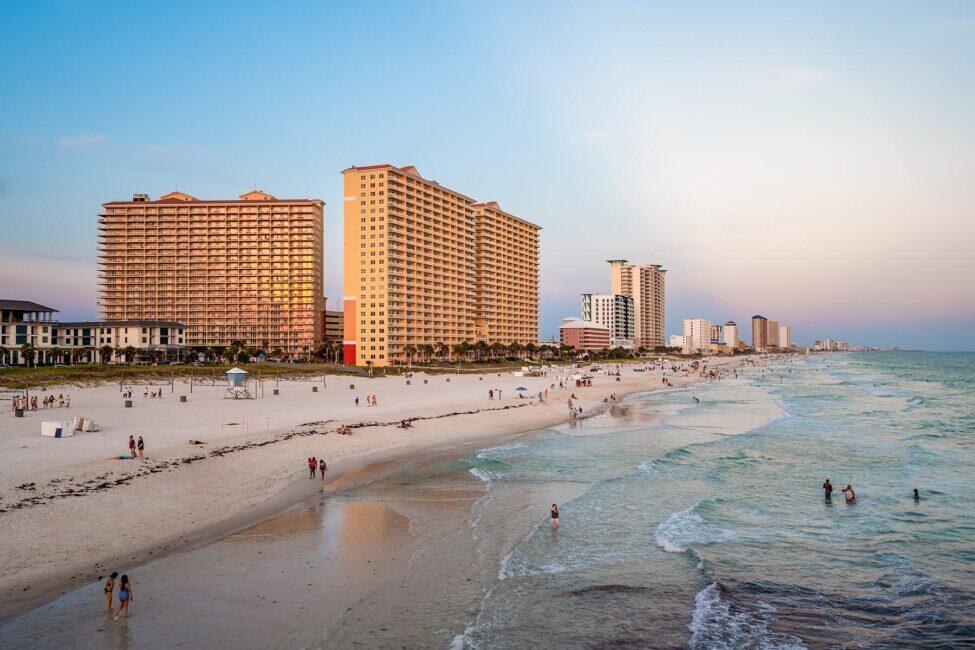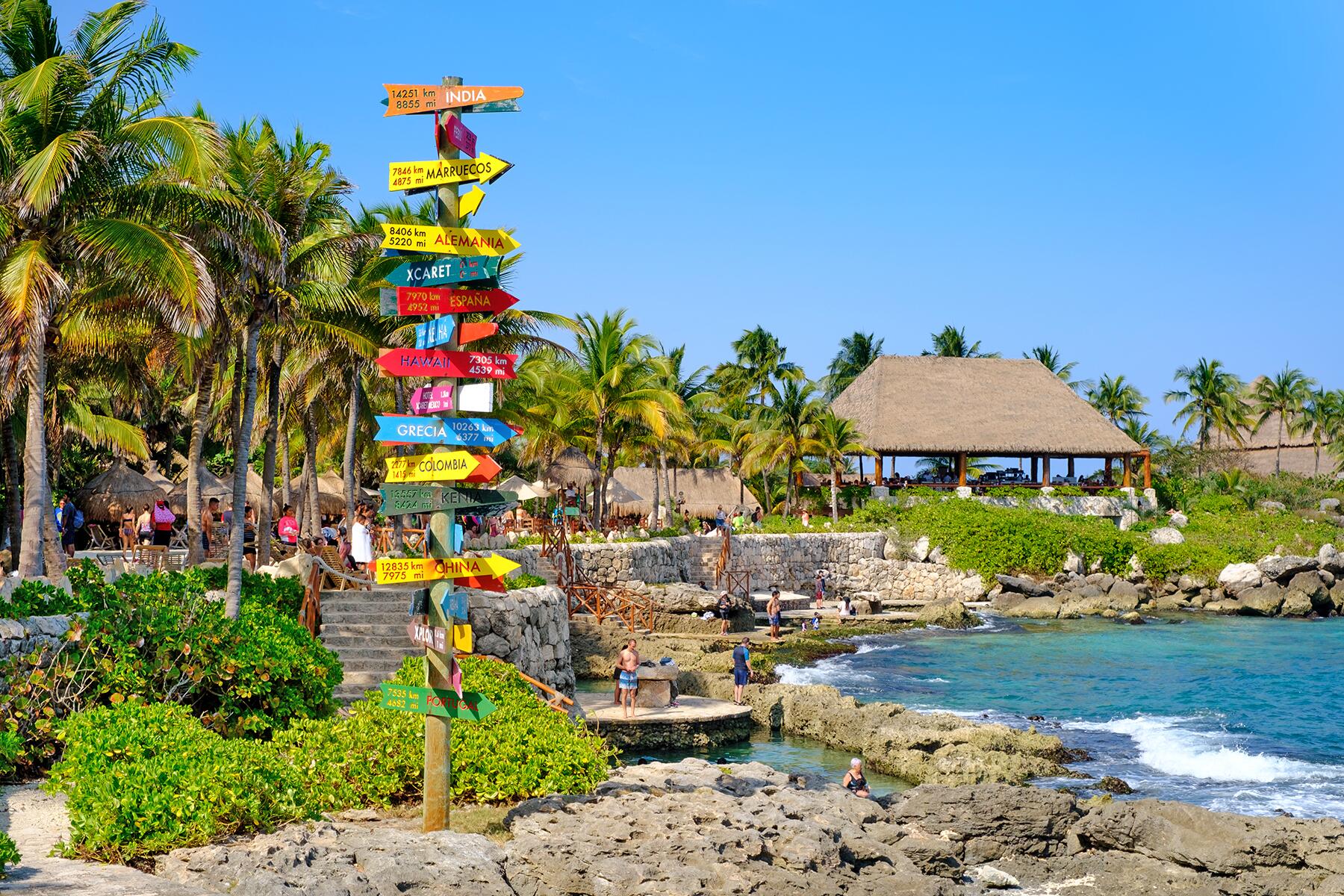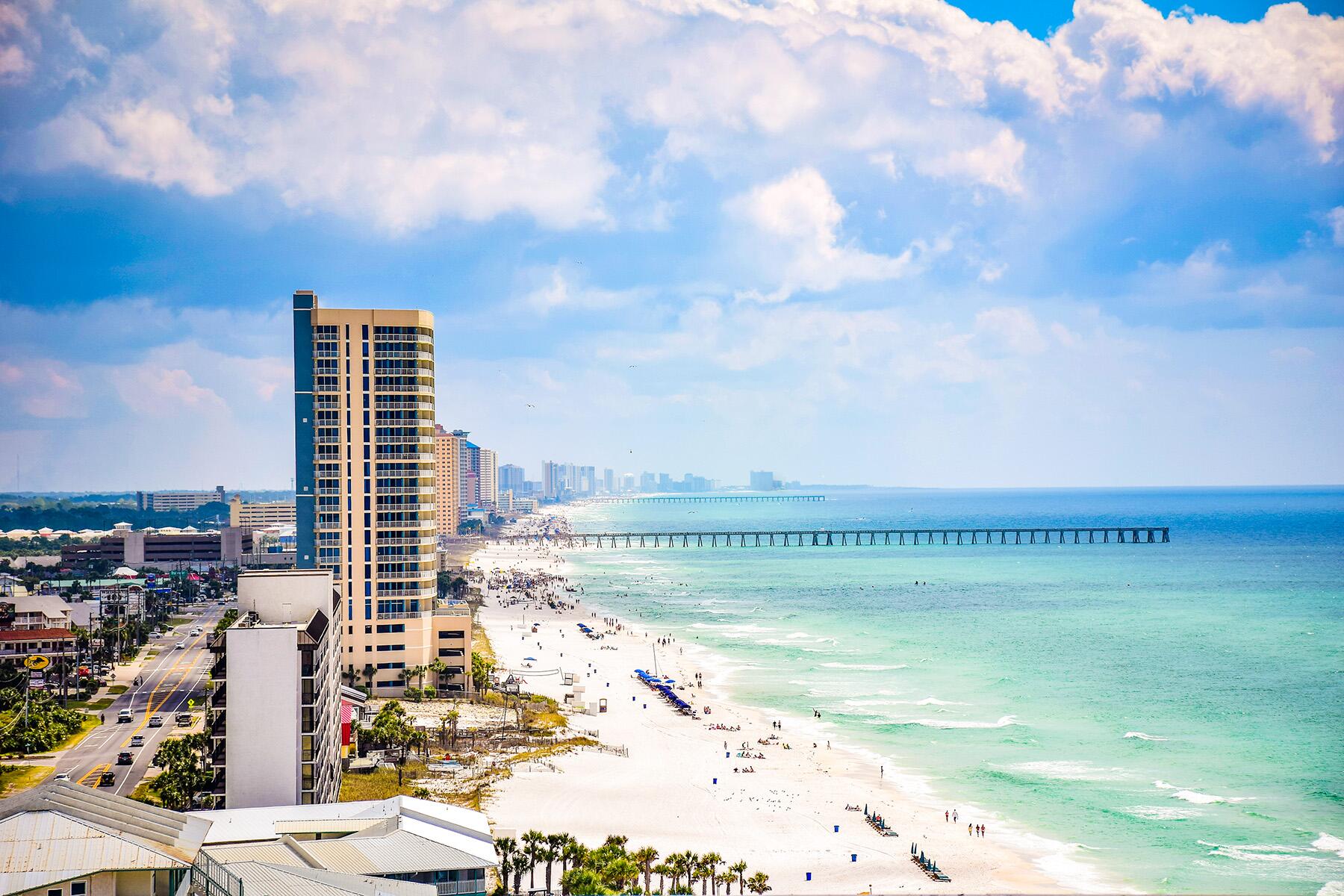Multiple drownings in June have raised concern for swimmers at Panama City Beach, Florida.
Panama City Beach has unfortunately been the site of a number of drownings this summer. The National Weather Service (NWS) reports 60 drownings in surf zones around the United States so fariin 2023, and seven of them have been reported on Panama City Beach, all within a nine-day span in June.
All of the deaths, which were reported between June 15 and June 24, were attributed to rip currents, a fast-moving river of water perpendicular to the shore that can sweep swimmers out to sea in moments.
But rip currents aren’t uncommon on U.S. beaches—so what makes them so dangerous on Panama City Beach?
Local authorities in Bay County are attributing the deaths to visitors who ignore posted warnings that the conditions are unsafe for swimming. “I’m beyond frustrated at the situation that we have with tragic and unnecessary deaths in the Gulf. I have watched while deputies, firefighters and lifeguards have risked their lives to save strangers. I have seen strangers die trying to save their children and loved ones, including two fathers on Father’s Day,” Bay County Sheriff Tommy Ford lamented on the Sheriff’s Office Facebook page.
Not only have visitors been ignoring posted warning flags, Ford continued, they often became abrasive when staffers advised them of the unsafe conditions. “These same heroes, who have risked it all to save others, have been cursed [at] and given the finger, while trying to warn visitors of the life-threatening dangers,” the post continues.
Recommended Fodor’s Video
Sheriff Ford reminds beachgoers that entering the water when the double red flag warning is deployed will be subject to a $500 fine on the first offense and the possibility of arrest on the second, under certain circumstances.

Is Panama City Beach the Most Dangerous Beach in the United States?
While there has been a spike in deaths due to the rip currents on a single beach over the past nine days, that doesn’t necessarily mean it deserves the moniker of “the country’s most dangerous.” It’s worth noting that each of the deaths occurred in double red flag conditions, which advise the ocean isn’t safe for swimming.
While hazardous conditions can appear on any beach, the easiest way to stay safe in dangerous surf conditions is to stay out of the water—it’s unfortunate that beach holidays have ended in tragedy for a number of families visiting Florida this summer.
Surf conditions aren’t the only hazards that beachgoers will face. A Fodor’s list of the world’s most dangerous beaches (Panama City Beach didn’t make this particular list) count hazards as diverse as radiation, drug cartel-related violence, and toxic waste, snakes, quicksand, flesh-eating bacteria, and stinging jellyfish.
Staying Safe
Over 4 million visitors are estimated to enjoy sunny days on Panama City Beach each year, and the vast majority of them do so safely. Even when surf conditions are hazardous, local authorities work to inform the public via the flag warning system; beaches are also patrolled for compliance.
On any beach this summer, visitors can stay safe by sticking to beaches with lifeguards (most beaches with lifeguard service will post the hours when the lifeguard stations are staffed), checking conditions online before heading out (surf conditions vary from beach to beach and from day to day), and not entering the water when the conditions are flagged as unsuitable for swimmers. Rip currents can be identified by a change in water texture or color from the surrounding surf. Rip currents are often darker in color, and are often marked by a line of foam, seaweed, or debris moving quickly away from shore.
Swimmers who find themselves caught in a rip current should not swim against the current. Able swimmers can attempt to exit a rip current by swimming parallel to the shoreline. Less able swimmers should float on their back (rip currents are swift but do not pull swimmers under the surface) and shout for help.
It’s also important not to enter the water to attempt to rescue a swimmer caught in a rip current. Instead, throw something that floats toward the swimmer. If the beach is staffed with lifeguards, wave both hands in the air and shout to get their attention. If the beach is not staffed with lifeguards, dial 911.
Rip currents can happen on any beach—whether or not they are ultimately deadly is up to the awareness and vigilance of those enjoying a summer day on the sand.





